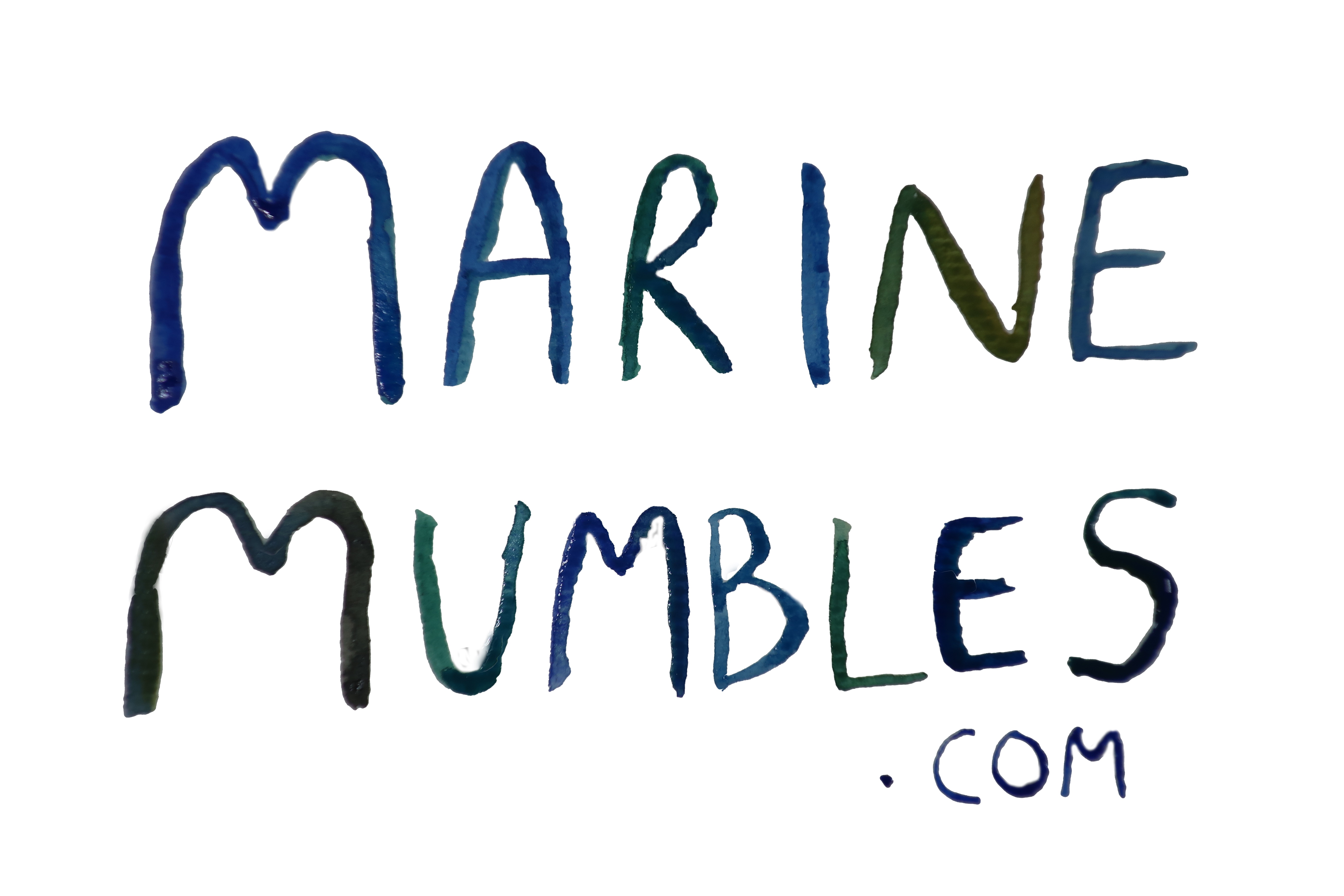This post is part of the marine mumbles christmas tree posts, view here.
I have had the pleasure of seeing bioluminescent algae twice in my life so far. Both were part of my marine biology undergraduate course but both times were at opposite ends of the globe. The first time was on a beach in Pembroke, where were doing some sampling at night. The stars were so clear it was hard to not look at them, but actually when you looked down into the water it was even better. As we walked through the water, it looked like someone was dragging sparklers though the water. If it wasn’t for he fact we had to get work done I could have splashed in the freezing cold water all night just to look at it!
The next time I got to see them was an out-of-this-world experience. Whilst in Puerto Rico we got to visit Bioluminescent Bay, which is famous for having bioluminescent algae in it. It is a bay where the water has limited flow, its nice and nutrient rich, warm and has plenty of sunlight. As a result millions (actually way way more than million, billions, trillions!!) of these specie can be found floating in the water. We got to swim through them, and as you waved your hands in the water they sparked like you were running your hands through glitter. On a very dark night the water glows blue with the sheer amount of algae that bioluminescening at once. I don’t think anyone on that trip would disagree it was probably one of the best experience you could have! If anyone has the chance to visit you should, just book to go when the moon is dark so you can see the glowing water too.
There are a few species of bioluminescent algae that you can find but the species I will talk about here is Noctiluca scintillans because its common in most parts of the globe and actually probably was the same species I saw in both locations. This really amazes me as not many species have global cover, and to travel so far and still be able to see the awesome lights from this one species (all be it in a much larger scale in Puerto Rico) blows my mind! Also this is the species that Swansea University boat is named after, so you can’t help but think its cool because of that.
Noctiluca scintillans is a dinoflagellate, and after this being hammered into me in lectures, I feel obliged and agree with the fact that they are the coolest group of algae species. Even people who are not into micro-algae of which there is probably not a lot (I am growing to love them…slowly….) you cannot deny that a tiny 2mm species that can produce a flash of gorgeous light is a very very cool move indeed.
There is still lots of research going into both the mechanisms of bioluminescence and the reasons for it. Its seen in such as wide variety of taxa, from fungi to fish that its quite amazing that it keeps cropping up in evolution. The actual mechanism in which it occurs may vary in each species but put very simply it is a reaction between the organic molecule Luciferin, helped along by the enzyme Luciferase in the presence of oxygen, that then undergoes complex reactions with protons, and intermediate stage before you get the products (and breathe…). The light however, is not the product of this reaction, this is just a byproduct. The magifnicent flash, which is the sparkle you can see, can last anywhere up to 5 seconds as this reaction keeps occurring.
There are many suggestions for why species exhibit bioluminescence. For Noctiluca scintillans it is though to be to used as a defence mechanism as occurs under mechanical disturbance, i.e. when water is moved. This might scare the predator off, because a giant flash in the water is probably a bit bloody weird for a fish! Maybe instead of fish mothers telling there young not to eat yellow snow, they tell them don’t eat the yellow sparkles! Who knows..
Noctiluca scintillans is completely heterotrophic. This means it cannot photosynthesise like many other marine micro-algal species. This means it relies completely on hunting down even smaller species to gobble up in the ocean, of which there are plenty. It can eat diatoms, bacteria protists etc. all of which are pretty plentiful especially in the shallow coastal shelves of the world. However, in the tropics such as Puerto Rico they can be found to have a green colour and they are called Green Noctiluca’s. Green colouration is usually associated the the chlorophyll used for photosynthesis, like in plants. But this is because the tropical individuals of this species have the endosymbionts with Pedinomonas noctilucae. They have them inside their body like a very weird farm, where they use nutrients they gather from photosynthesis in exchange for protection, very similar to what is seen in the upside down jellyfish. This is worth doing in the tropics and not in the subtropics because light levels are LOT higher in the tropics (surprise surprise). In the UK there common name is instead sea sparkle, how ridiculously cute is that!
If you enjoyed reading about sea sparkles, check out my other posts! Also check out the marine mumbles christmas tree page! To keep up to date with the site follow me on twitter and Instagram. As always comment and improvements or tweet me!
